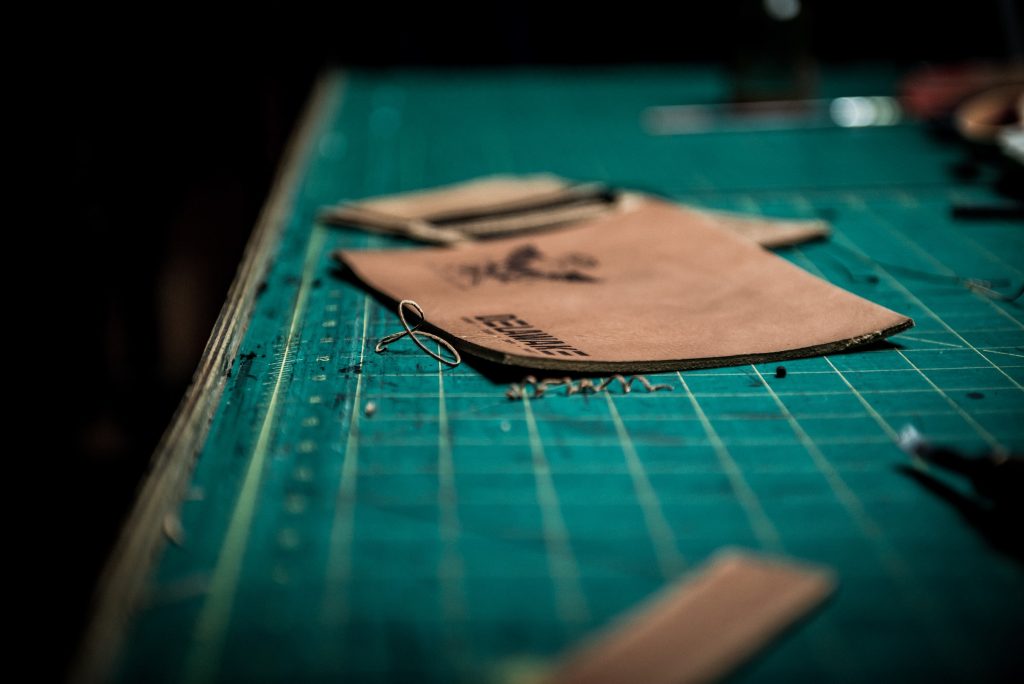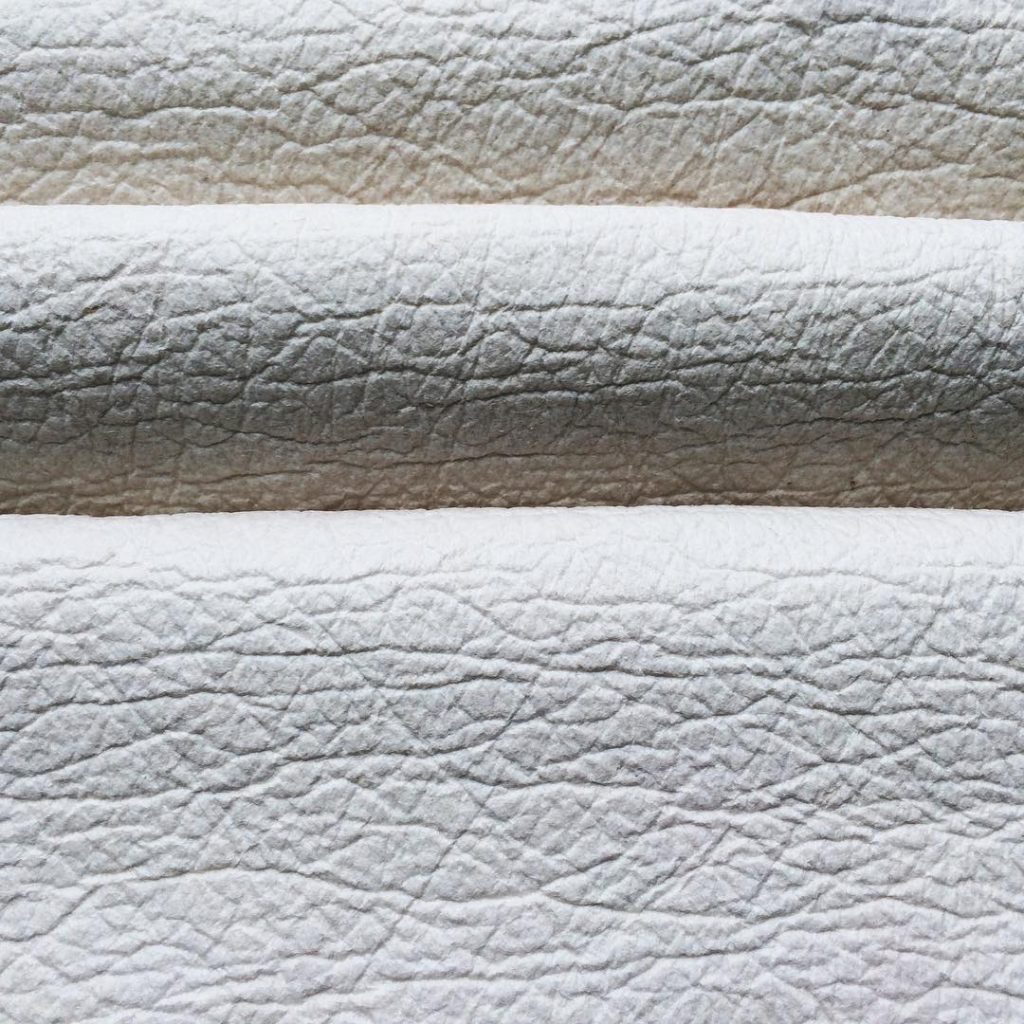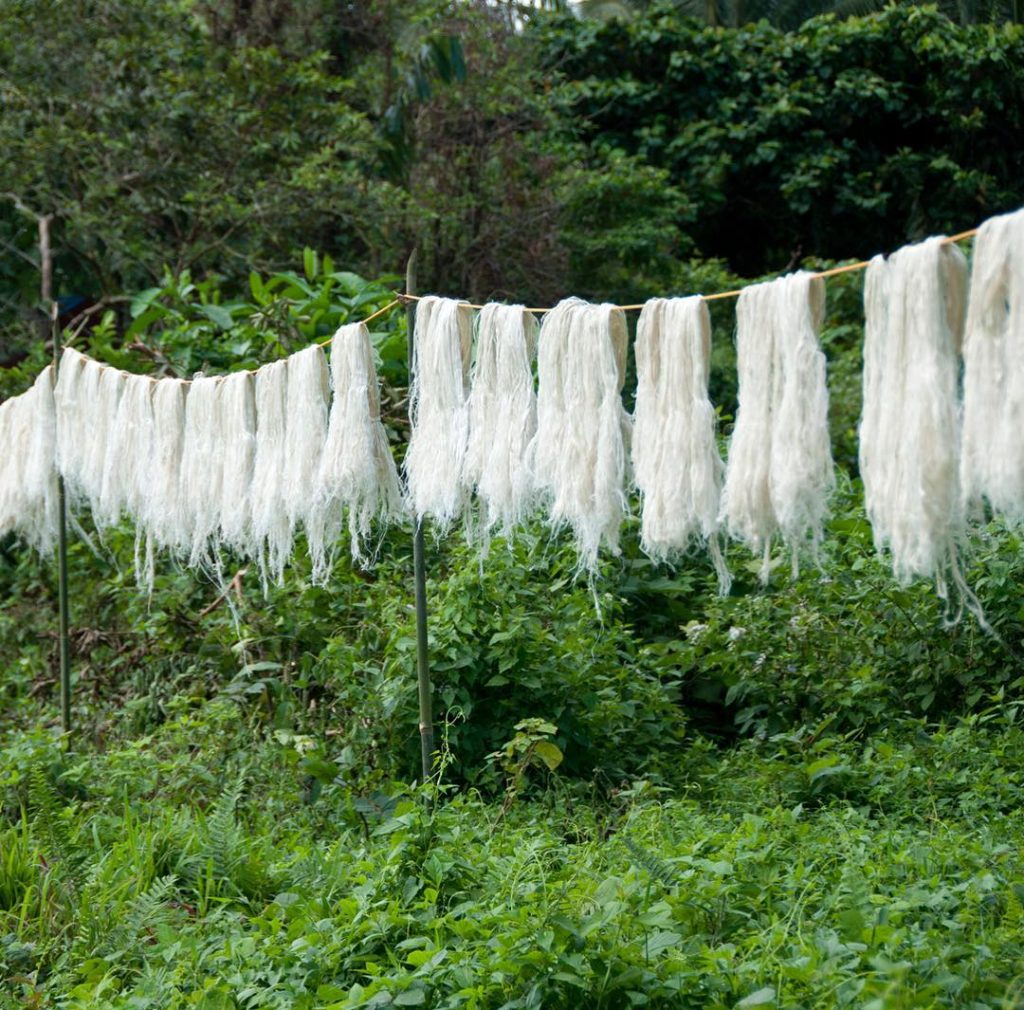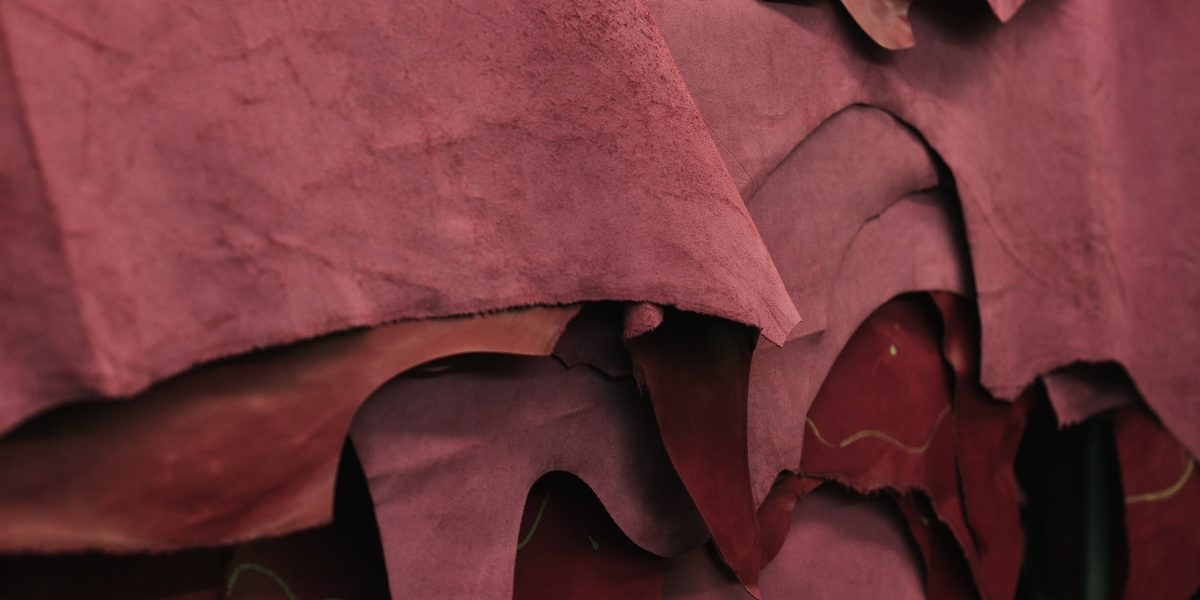Italian Leather and its Vegan Alternatives
When in Tuscany’s capital Florence, with its palazzos, cathedrals and bustling squares, you can’t escape the distinctive scent of leather. In this beautiful city of the Italian masters, there are shops and market stalls offering quality leather goods on practically every street corner.
If you’re in the market for a high-quality leather item, the small boutiques are the best place to look. Florence is full of beautiful artisan stores with designers and craftsmen who would love to tailor their work to you, or even create custom pieces.
Tanning and finishing leather is a sought-after skill and the craftsmanship of the maker will significantly influence the quality of the final product. Italian leather, specifically leather from Florence, is admired for exactly that reason. Italy’s leather artisans are recognised as some of the most skilled in the world.
Leather tanning is one of the oldest industries in human history, and leather is one of the oldest materials used to fashion clothing. It’s said to date back 50,000 years to Cro-Magnon man, the first early modern humans (Homo sapiens) that settled in Europe.
Many centuries ago, Indians, Egyptians, Greeks, Chinese, and Mesopotamians all developed different tanning processes. The Industrial Revolution brought all kinds of new technological advances that have thankfully made the leather-making process more efficient, environmentally friendly, and much safer and hygienic.
History of Italian Leather
The Florentine tradition of working leather dates back into ancient times. Due to the proximity of the Arno River, providing an endless supply of water necessary for the tanning process, Florence and other small towns along the river became important sources of high-quality leather.
Tanning turns rawhide into leather. It stabilises the material, preventing it from decay and making sure it can’t soak up water or shrink. In the Middle Ages, aluminium salts were used for tanning. Florence controlled many alum mines – something that was also essential for the processing of the whole cloth that would be made into garments across Europe.
At the height of the Renaissance, Florence enjoyed much economic power and had a system of Arti (guilds) that functioned as unions for different arts and trades. The Arti laid the foundations of the city’s economic success, as it protected workers and the trade secrets that would make Florentine craftsmanship, especially fabrics and leather, known throughout Europe.
In 1282, the Arte dei Cuoiai e Galigai (leather-workers guild) was created to protect trade secrets and ensure quality control. It included workers involved in all steps in processing the hides, including retailers and curriers, who would apply techniques of dressing, finishing and colouring to a tanned hide to reinforce it and make it durable and waterproof.

Today, these methods are no longer used but the ancient roots of the tradition can still be seen in the names of the streets around the Piazza di Santa Croce. While you’ll no longer find tanneries in the city, Florence’s leather shops and markets, such as in the district of San Lorenzo, offer soft and supple leather products that stem from centuries of excellent techniques and skill.
Established brands such as Barone Firenze and Gucci have also upheld this unique and authentic leather craftsmanship and style. It’s possible to spend a fortune on leather bags and wallets in Italy. You can choose Prada, Gucci, Furla and Ferragamo, or spend your euros at one or more of the hundreds of small, family-owned leather shops where artisans craft superior leather goods without the logos.
Plant-Based Leather and Other Alternatives
No matter how beautiful and sought-after leather still is, and with huge respect to the ancient art of leather working, more customers are now choosing an animal-free closet. The process of turning skin also into leather requires heavy metals and chemicals, and can be detrimental to the environment in many other ways.
With the appetite for more sustainable fashion on the increase, fresh new brands as well as established fashion houses have shifted the focus to “fabrics that don’t bleed” (a Peta phrase). However, the choice is not as simple as real leather versus vegan leather. Conscious customers should do their research to help them make better-informed choices.
The production of vegan leather isn’t necessarily better for the planet. It may mean avoiding the use of animal products, but its replacement can be plastic-based, which is also harmful to the environment and takes years to degrade.
Where most synthetic leather is made either from polyvinyl chloride (PVC) or polyurethane (PU), which are petroleum-based materials and basically plastics, natural vegan leather is made only from organic matter, such as fruits by-products or mushrooms.
The durability of vegan leather varies. It depends on the materials used in the manufacturing process. Over time, PU and PVC leather tends to get scratched or crack, whereas natural vegan leather has similar durability to animal-based leather.
As a material, natural vegan leather is a product of the last decade of research. Quality pieces are made from a range of organic materials such as mushrooms, cactus, algae (kelp), palm leaves, orange and apple peels, pineapple leaves, cork and even paper. If you think anything but real leather looks cheap, think again. Today’s fashion brands make ethical, vegan leather goods that look and feel as expensive as animal skin.

Fashion Brands that Incorporate Natural Vegan Leather
Since the launch of her fashion house in 2001, Stella McCartney has been a pioneer of eco-friendly fashion, offering sustainable and ecologically viable wardrobe alternatives. Her motto is simple: no leather, no fur, no feathers and no animal skins.
Some of the world’s biggest fashion brands, including Hermes, Bottega Veneta, Dolce & Gabbana, and Gucci are following suit, now also incorporating innovative leather alternatives into their manufacturing processes.
Even Chanel and Hugo Boss, two of the biggest luxury leather goods companies in the world, have experimented with leather alternatives. They have used Piñatex, a leather alternative made from pineapple plant fibres in the fruit’s leaves and stalks, in their collections.

Founded in 2006 by London College of Fashion graduate Sandra Sandor, Budapest-based brand Nanushka’s signature, butter-soft vegan leather is unrivalled. From puffer jackets and jumpsuits to trousers, tops and more, their vegan-leather pieces have become influencer-favourites.
Matt & Nat is a luxury brand that brings fashion accessories to the market that are eco-friendly, vegan and cruelty-free, all made from recycled materials and organic products to promote sustainability. The brand gets its name from a “synergy” between materials and nature.
There’s Melie Bianco, a high-end vegan leather purse brand that presents quality, craftsmanship and affordability from premium vegan leather. Beyond Skin is a UK-based cruelty-free and vegan footwear company loved by celebs around the world. Canadian brand, Nisse is also upping the ante with a fresh new focus on vegan leather garments, from cherry-red shorts to peach nude dresses.
In the end, it’s important to choose what you feel comfortable with and what aligns with your values when considering what you buy. Shopping for leather or vegan leather alternatives is about what matters to you. Like a good glass of wine, the item that you love the most is the best choice for you.

